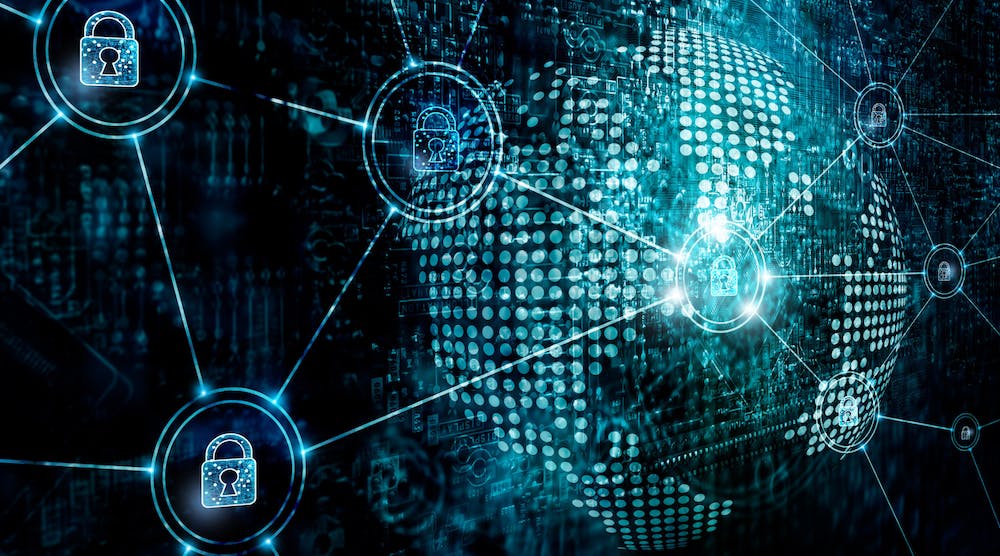Cyberattack Rates Continue to Soar
- Release on:2024-01-05

The more reliant the world becomes on technology, the more opportunities there seem to be for bad actors to use that technology against the companies, governments and individuals who rely on it. As technology has proliferated, so too have the number of different ways that those criminals can hack into and disable those systems, steal information and even hold that information for ransom.
These realities keep a lot of companies up at night, knowing that their systems, data and information could possibly be vulnerable to a cyberattack. But this heightened awareness—plus the many detection and prevention tools that are available on the market—is a positive trend, since in many cases it’s individual users of technology who unknowingly grant the bad actors access to their systems.
“While 2023 may be a tough year from a macroeconomic perspective and result in tighter budgets, cybersecurity continues to be top of mind for organizations amid rising cyberattacks and exploding volumes of data,” Egnyte’s Kris Lahiri writes in Forbes. “In fact, research from the Enterprise Strategy Group indicates that 65% of organizations plan to increase cybersecurity spending this year.”
By the Numbers
Despite the technology sector’s best efforts to thwart them, cyberattacks continue to proliferate. Earlier this month, for example, HackRead revealed that a new, fast-moving type of ransomware known as “Rorschach” was discovered by researchers after a U.S.-based organization was attacked. “Rorschach ransomware boasts advanced encryption technology and can spread automatically on the machine if executed on a domain controller,” the publication notes.
According to CompTIA:
- The cost of cybercrime has risen 10% in the past year.
- The average cost of a data breach in the United States in 2022 was $9.44 million, and may rise to $10.5 trillion annually by 2025.
- Ransomware attacks grew by 41% in 2022 and identification and remediation for a breach took 49 days longer than the average breach.
- As the Internet of Things (IoT) continues to grow in scope, sophistication and accessibility, it’s becoming an increasingly tempting target for cybercriminals.
- Nearly 80% of nation-state attackers targeted government agencies, think-tanks and other non-government organizations.
- The U.S. remains the most highly targeted country, with 46% of global cyberattacks being directed towards Americans.
- Healthcare data breaches cost an average of $10.1 million per incident in 2021.
Calling 2022 “a busy one for hackers, cybercriminals and cybersecurity experts,” CompTIA cites the top five cybersecurity breaches as:
- Twitter experienced a data breach that allegedly affected millions across the United States and Europe, but had not been previously reported.
- Carding marketplace Biden-Cash released the details of 1.2 million credit cards for free.
- Australian telecommunications company Optus suffered a data breach that led to the details of 11 million customers being accessed.
- ·A hacker posted the data set to BreachForums containing what they claimed to be up-to-date personal information of 487 million WhatsApp users.
- And, 97 million people's information was stolen when Australian healthcare and insurance provider Medibank suffered a data leak.
Protecting their Systems
Recognizing the threats that cyberattacks present, the World Economic Forum (WEF) says organizations, governments and individuals should all be taking steps to protect their systems, data and information from hackers and other bad actors.
“In order to disrupt a country, halt major commercial flows or make important financial gains, hackers usually look for vulnerabilities that have not yet been discovered. The constant technological evolution is a catalyst for them to find new flaws to exploit,” the WEF warns in “7 trends that could shape the future of cybersecurity in 2030.”
“Therefore, in a fast-evolving digital ecosystem, decision-makers in government, industry, academia and civil society need to anticipate and address tomorrow’s cybersecurity challenges to stay ahead of the curve,” the WEF continues. It says public and private investments in security technologies—as well as broader efforts to tackle cybercrime, defend critical infrastructure and raise public awareness about cybersecurity—are “likely to reap tangible payoffs by 2030.”
